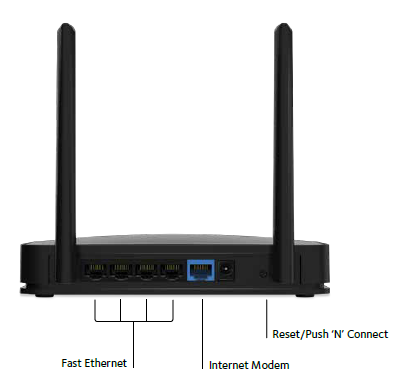

- NETGEAR GENIE DISABLE FIREWALL HOW TO
- NETGEAR GENIE DISABLE FIREWALL INSTALL
- NETGEAR GENIE DISABLE FIREWALL UPDATE
- NETGEAR GENIE DISABLE FIREWALL PASSWORD
Someday all router makers will understand that.See the instructions below for how to configure your Comcast Cable Router to work with your Network Extender: Router updates are one of the most critical things you can do to keep your computers, smartphones, gaming consoles, smart-home devices and personal information safe.
NETGEAR GENIE DISABLE FIREWALL INSTALL
Pain in the butt, but you gotta do it if nothing else works:Īlternately, all Netgear customers can go to the Netgear support website (opens in new tab), go through a few steps to narrow down the selection to their model, see if there's firmware available, download it to your PC and then, well, find the online user manual for instructions on how to install the firmware. Click "Check" and the router will check for an update, after which you can follow the instructions to install it.
NETGEAR GENIE DISABLE FIREWALL PASSWORD
Type in your administrative username and password - let's hope you didn't leave them on the factory defaults - then find the Advanced tab, select Administration and then Router Update. That should take you to the local administration interface for the router. You can also pop open a web browser on a laptop or PC when you're connected to your home Wi-Fi network and type in "or "192.168.1.1".
NETGEAR GENIE DISABLE FIREWALL UPDATE
If your router does have a companion smartphone Netgear app, then please do poke around in that and find out where to update the router's firmware. Older models may need to be patched manually by downloading a compressed file to a PC or Mac, then connecting the router or modem-router to the computer. The Orbis and some of the newer Nighthawks can be patched via their companion smartphone apps. Unfortunately, the update procedures differ among the various models. How to update your Netgear router's firmware The model number should be in the upper left, printed underneath the "NETGEAR" logo. To make sure which Netgear model you have, turn the device over and look at the sticker on the bottom. Likewise, our own Netgear Nighthawk X6S review doesn't mention the actual R8000P model name. On the Netgear website page for that model, you have to squint to find the model number, or notice that the number is part of the page's URL.

Netgear barely uses the actual model numbers in its consumer marketing and packaging, which doesn't help when its customers have to scramble to figure out whether their model needs a security update.įor example, the R8000P, one of the models that currently has a cross-site-scripting flaw, is marketed as the " AC4000 Nighthawk X6S Tri-Band WiFi Router with MU-MIMO (opens in new tab)." Netgear does a terrible job of communicating to its customers exactly what each router's model number actually is. A virtual router can share your VPN connections with other devices.Suffice it to say if your model appears in the table below, but not in the lists of the more severe flaws above, then it's got one of these cross-site scripting flaws. There are too many routers affected to list in this paragraph. We're just guessing here, as Netgear isn't providing details.īut Netgear has given all these "medium" severity scores of 6/10. This flaw affects the D6200 and D7000 modem-routers, the PR2000 Wi-Fi range extender and the R6050, JR6150, R6120, R6220, R6230, R6260, R6700v2, R6800 and R6900v2 routers.Ībout 20 flaws involve "stored cross-site scripting," which may mean that someone could add unauthorized commands to the router's administrative interface, provided they have the administrative passwords in the first place. That may be a danger to other devices connected to the network, but probably not to the router itself. Netgear's description of the flaw is pretty vague, but given the 6.8/10, "medium" severity score, it implies that an outside attacker could gain unauthorized access to your home Wi-Fi network. Moderately dangerous is an " authentication bypass security vulnerability (opens in new tab)" on 11 routers and gateways and one range extender. A router VPN is the best way to secure your Wi-Fi at home.


 0 kommentar(er)
0 kommentar(er)
